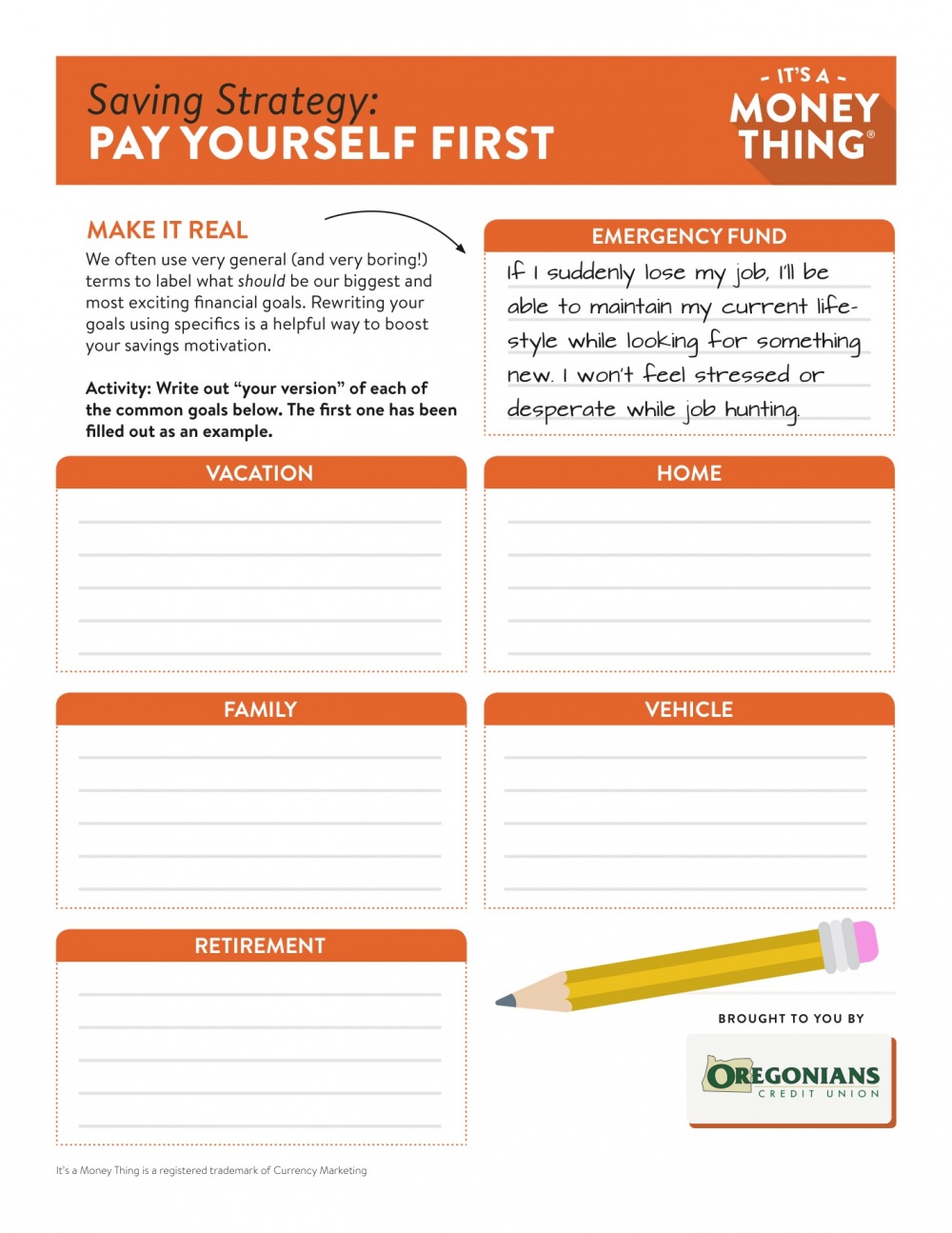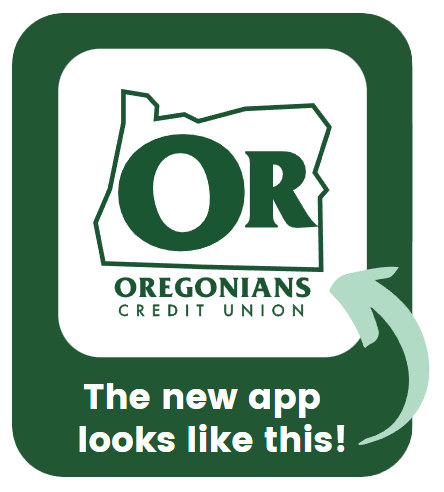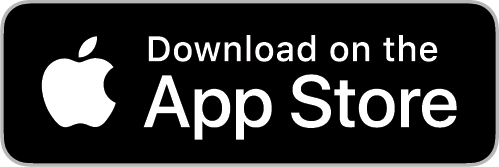Pay Yourself First
It's a Money Thing Lesson #36
How to Automatically Start Saving More Money
Like going to the gym or eating a healthy diet, saving money is one of those concepts that’s simple to grasp but weirdly challenging to put into practice. We understand its benefits. We agree that it’s essential to our well-being. We know that it’s something we should be doing. But paycheck after paycheck, it’s the same routine: after the bills have been paid and the regular expenses have been looked after, there just isn’t quite enough left over for our savings goals. We blame our lack of financial willpower and promise ourselves we’ll do better next paycheck, but more often than not, the cycle repeats itself. If this scenario seems all too familiar, consider automating your personal finances in order to pay yourself first.
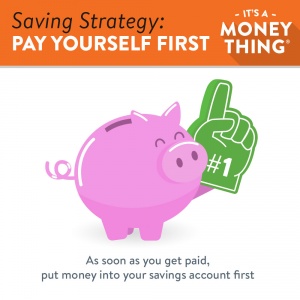
Paying yourself first is an effective savings strategy because it takes willpower right out of the equation. Rather than struggling to increase your self-control, you simply reduce your need to put it in action. When you get paid, a portion of your income is immediately funneled into your savings (the size of that portion is up to you—to figure it out, take your total monthly income and subtract your essential monthly expenses, then decide how much of the remainder you want going toward your savings goals). That portion may be small at first, but it will add up over time and get you in the habit of saving consistently. As your savings grow and as you make progress on your financial goals, you’ll see your monthly cash flow in a new light and prioritize your budget more responsibly. The best part is that you’ll be protected against future moments of budgeting weakness.
You can further reduce your reliance on financial willpower by automating your savings plan. By setting up a strategic system of automatic deposits and transfers, you’ll be saving money without having to think about. Consider incorporating one or more of the following tips into your automatic savings plan:
Before you begin
Automation is an incredibly powerful tool when it comes to saving money—but not if it ends up costing you money! Be aware that some bank account types may limit the number of free transfers (between your own accounts) or free checking transactions (online bill pay) available to you in a month. This is something to consider when designing your automated savings plan. If you’re unsure of the limits of your specific account, talk to your credit union and find out—you may even find that it offers account types better suited to your savings plan.
Automate your paycheck
Your employer can help you reach your savings goals before your paycheck even hits your bank account. 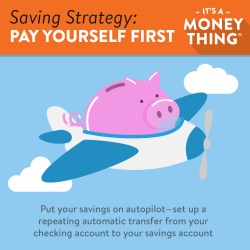 Take advantage of any retirement savings plans offered through your employer—especially if they include employer match. If you get paid by direct deposit, ask your employer if they accept multiple deposit accounts. If so, have a portion of your paycheck deposited directly into your savings account each payday.
Take advantage of any retirement savings plans offered through your employer—especially if they include employer match. If you get paid by direct deposit, ask your employer if they accept multiple deposit accounts. If so, have a portion of your paycheck deposited directly into your savings account each payday.
Automate your checking account
If your employer doesn’t have the ability to deposit some of your paycheck into your savings account for you, do the next best thing: set up a repeating automatic transfer from your checking account to your savings account. Schedule the transfer for shortly after payday—that way, as you budget out your month, your savings will already be safely tucked away out of sight and out of mind.
Automate your savings goals
Admittedly, throwing money into a generic savings account every month isn’t a particularly imaginative experience. It’s not representative of the future happiness you’re creating with your savings goals. Increase your motivation and excitement around saving money by reminding yourself of the specifics of your goals. If you have the ability, create additional savings accounts or sub-accounts for each of your goals and give them custom titles; alternatively, split your savings into subcategories within a budgeting app or spreadsheet. Watching the numbers grow beside “Surfing in Costa Rica” or “Dream house with patio and fire pit” is more compelling than simply “Saving.” Get even more granular by setting up regular automatic transfers into each of your sub-accounts.
Automate your bills
Your savings won’t be able to accumulate if late fees and missed payments keep eating into your budget—set up automatic bill pay for your recurring expenses. Organize and streamline the process further by calling companies to adjust your billing dates. Grouping billing dates together can make them easier to track and manage.
Bonus tip: Look for extra opportunities to save
Once your automatic savings plan is in place, look for little ways to make additional contributions to your savings accounts. Empty the contents of your spare change jar once a year and deposit it into your savings. If you participate in any sort of cashback rewards program, consider putting that “extra” money toward your savings instead of spending it elsewhere. Also consider putting any future income tax refunds toward your savings. You can get creative in finding additional sources of income to help your savings along.
Activity
We often use very general (and very boring!) terms to label what should be our biggest and most exciting financial goals. Rewriting your goals using specifics is a helpful way to boost your savings motivation.
Activity: Write out “your version” of each of the common goals below. The first one has been filled out as an example. Click the image to open the PDF printable version.

Get money smart, one topic at a time! Our It's A Money Thing topics will help you interpret key financial information in order to make sense of your money. For more videos and helpful financial articles visit our It's A Money Thing home page. Check back, new topics will be introduced regularly!


